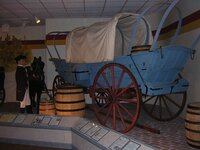"Stickman"
What type wagon wheel would this have been on....?
Finding lots of cast iron rusted ax and hoe heads, and lots of square nails........... among other things. Too many for just one family. Slave quarters/old store/stage stop. Maybe a dump of some kind ......everything broke! Just this one found so far.......still looking!
What type wagon wheel would this have been on....?
Finding lots of cast iron rusted ax and hoe heads, and lots of square nails........... among other things. Too many for just one family. Slave quarters/old store/stage stop. Maybe a dump of some kind ......everything broke! Just this one found so far.......still looking!


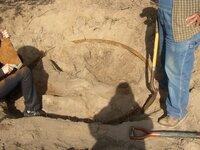
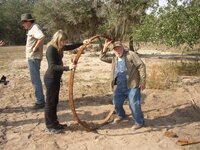
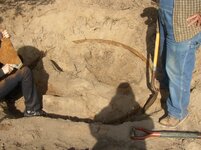
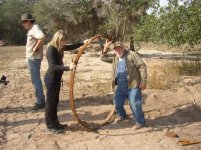


 So, you could be looking at anywhere from the Revolution, up through
So, you could be looking at anywhere from the Revolution, up through